Apple’s Take on Hoover’s Bestseller: It Ends With Us
Black or White, Good or Evil? It’s Actually a Blend of Both.
October 6, 2022
Colleen Hoover spiked in popularity at the start of the pandemic when her 2016 book, It Ends With Us, steadily climbed the New York Times bestseller list. At last, in January of this year, it hit the top of the list, finally becoming a #1 New York Times bestseller. Despite being a romance novel, It Ends With Us takes the genre to a whole new level, approaching love from a distinct angle that brings the reader to tears.
The novel’s best aspect is its striking reality. Countless romance books out there sugarcoat life, dwelling solely in fantasies; however, It Ends With Us presents a story of abuse, pain, and sorrow that challenges your deepest desires and inner self.
The protagonist, Lily Bloom, who experienced childhood with an abusive father, struggles to love the charming Ryle, her boyfriend, as he starts taking his anger out on her. Ryle’s troublesome temper and strong build scars Lily, both on her body and her heart. But as Atlas, her first love, re-enters Lily’s life, she has to make a choice. Should she choose Ryle, who she truly believes will learn to control his temper, or the ever-friendly Atlas, who has experienced pain alongside her?
Now you may be wondering: why would someone write such a painfully real and violent story? Colleen Hoover wrote in her note to the audience that she was inspired by her own childhood. Ryle was based on her formerly alcoholic father, who was physically abusive towards her mother, throwing things at her on numerous occasions when he lost his temper. Determined to free herself and her daughters from the abusive marriage, her mother divorced him before Hoover turned three.
Hoover wrote this novel to help the audience better understand that an abusive situation is not black and white. She writes that an abusive person is not always a villain and that people genuinely believe that a violent person will be better and will never hurt them again. As Ryle said at the outset of the story, “‘There is no such thing as bad people. We’re all just people who sometimes do bad things.”
After finishing It Ends With Us, I realized that Lily’s experiences relate to many and that these seemingly atypical situations are not as rare as we think. Hoover pushed me to recognize that domestic abuse and people are not just black and white – they’re often different shades of gray: sometimes good, sometimes bad. And I realized how difficult it must be for countless people out there to leave an abusive yet wonderful person.
Ms. Morisette, a 5th-grade teacher, and avid reader, definitely thinks that the book covers an important topic, but wishes that the novel had discussed in greater detail about domestic violence, what it means, and how the community can provide help to abuse victims. She also strongly emphasized that, “It’s important to know that even if someone’s relationship seems perfect, or if there’s this beautiful couple and they just seem so in love, what’s actually going on behind that is something we won’t know.”
I also believe that it is of utmost importance for DIS students to learn about deep topics addressed in the text like domestic abuse and painful love, and I highly recommend it as this novel will most definitely broaden and alter your perspective on the world, especially on the topic of love. However, I would advise students from 8th grade and above to dive into this page-turner as there are many violent and inappropriate scenes.
It Ends With Us pioneered a new era of romance: it is definitely changing the stories authors write and leaving ripples in society. Hoover’s book made a huge impact on my life and how I view the countless abusive situations happening around the world – it was an eye-opener. If you want to read It Ends With Us, you can find the novel in Ms. Loutsch’s classroom, as well as in numerous bookstores!




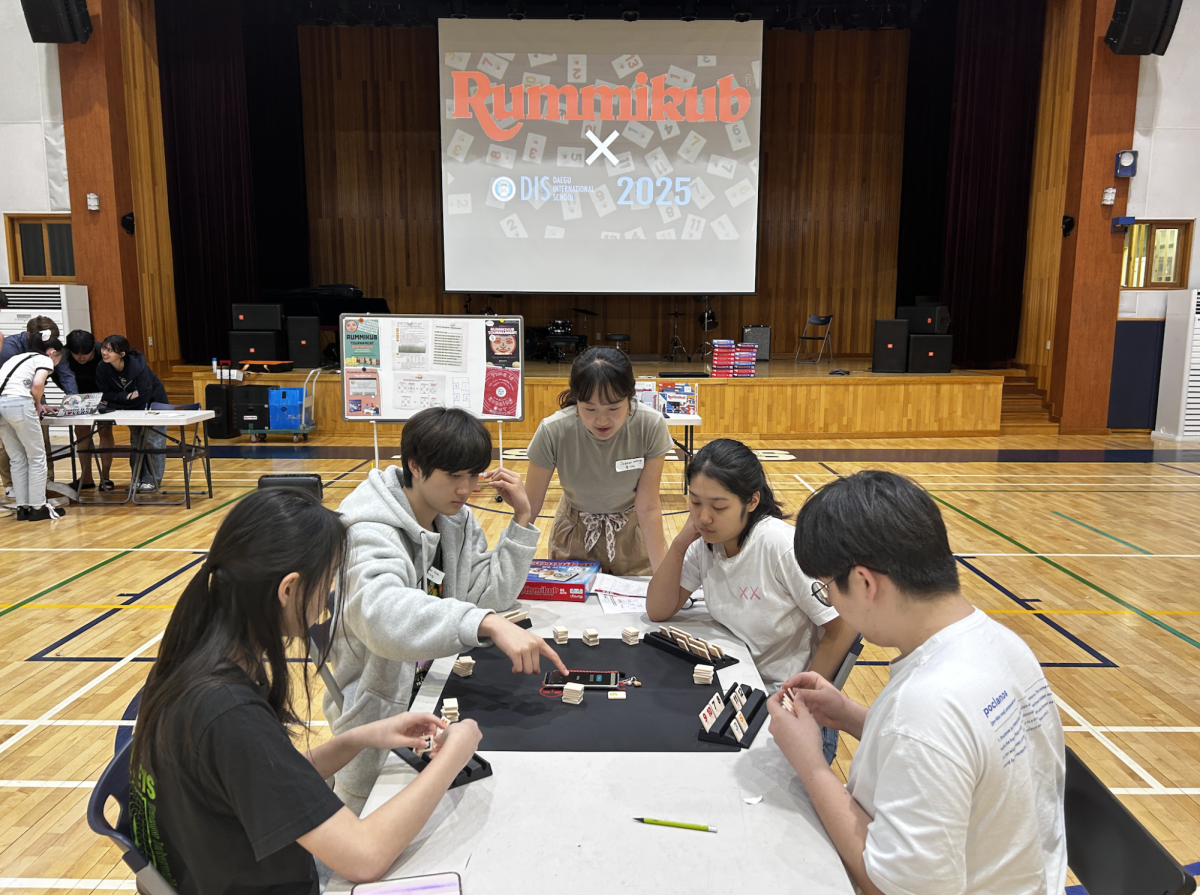
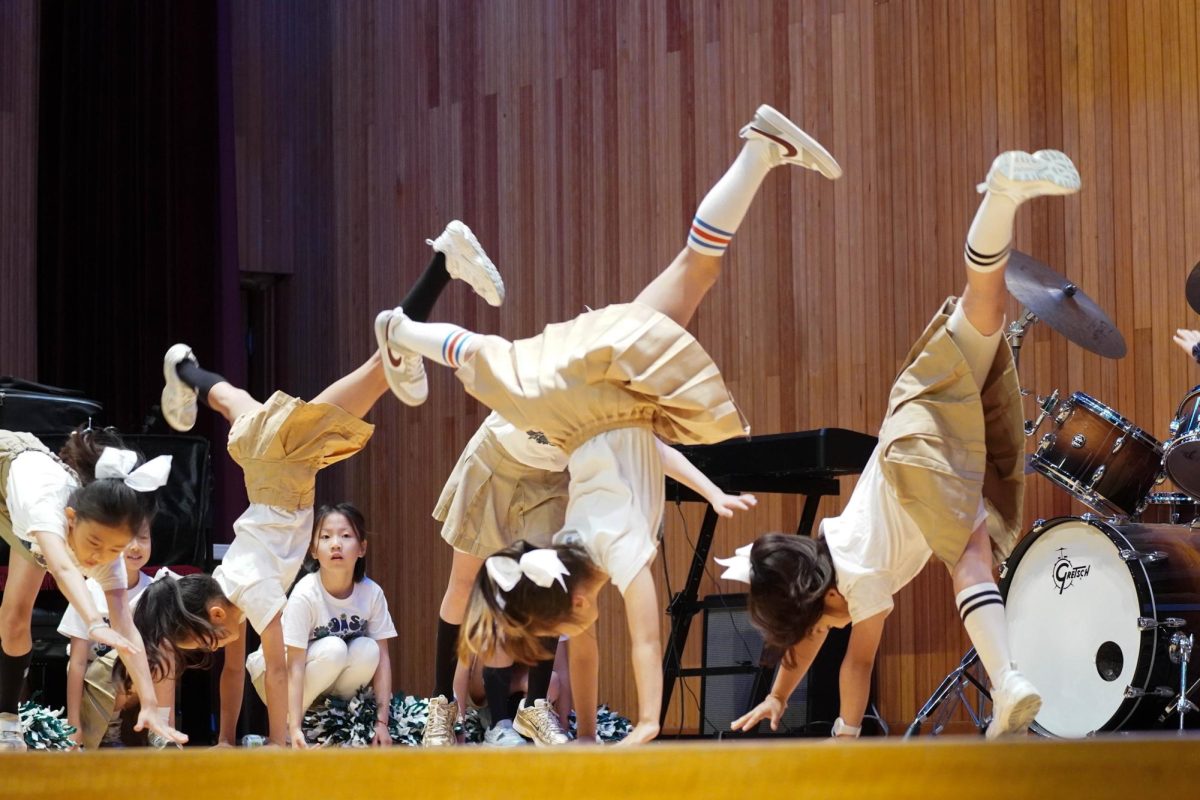
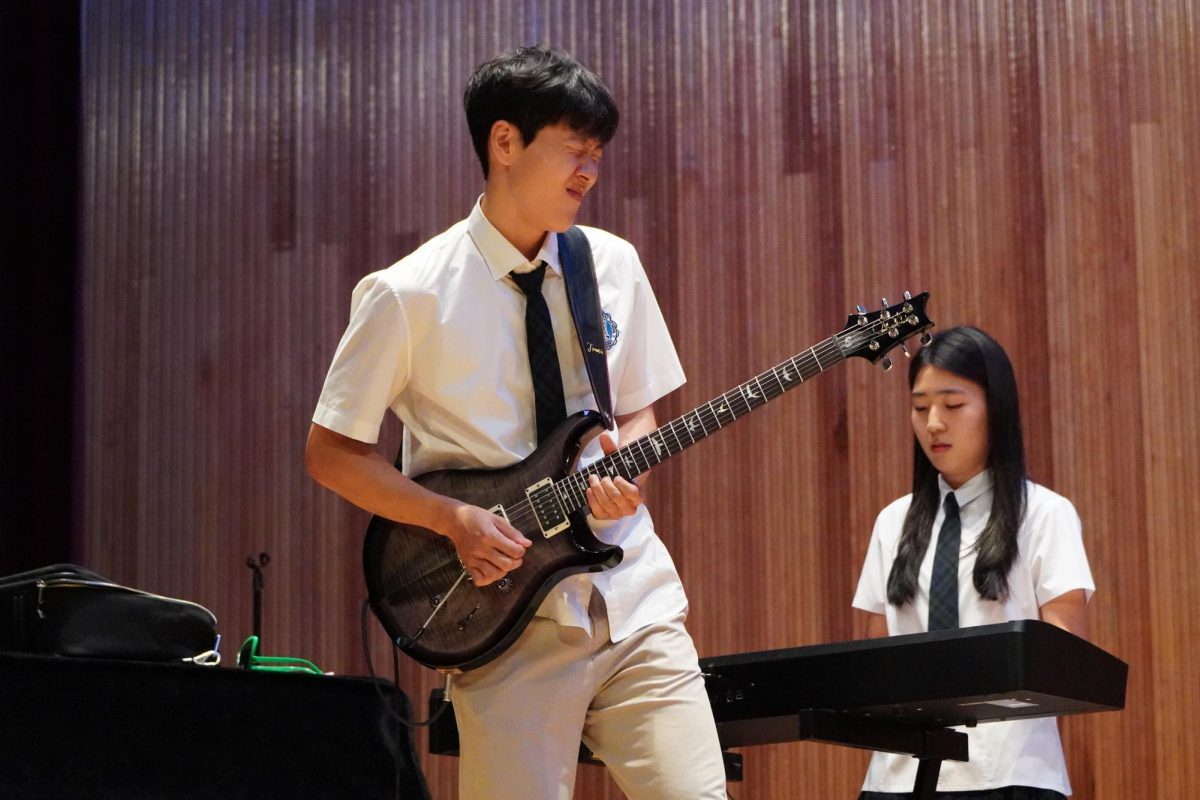


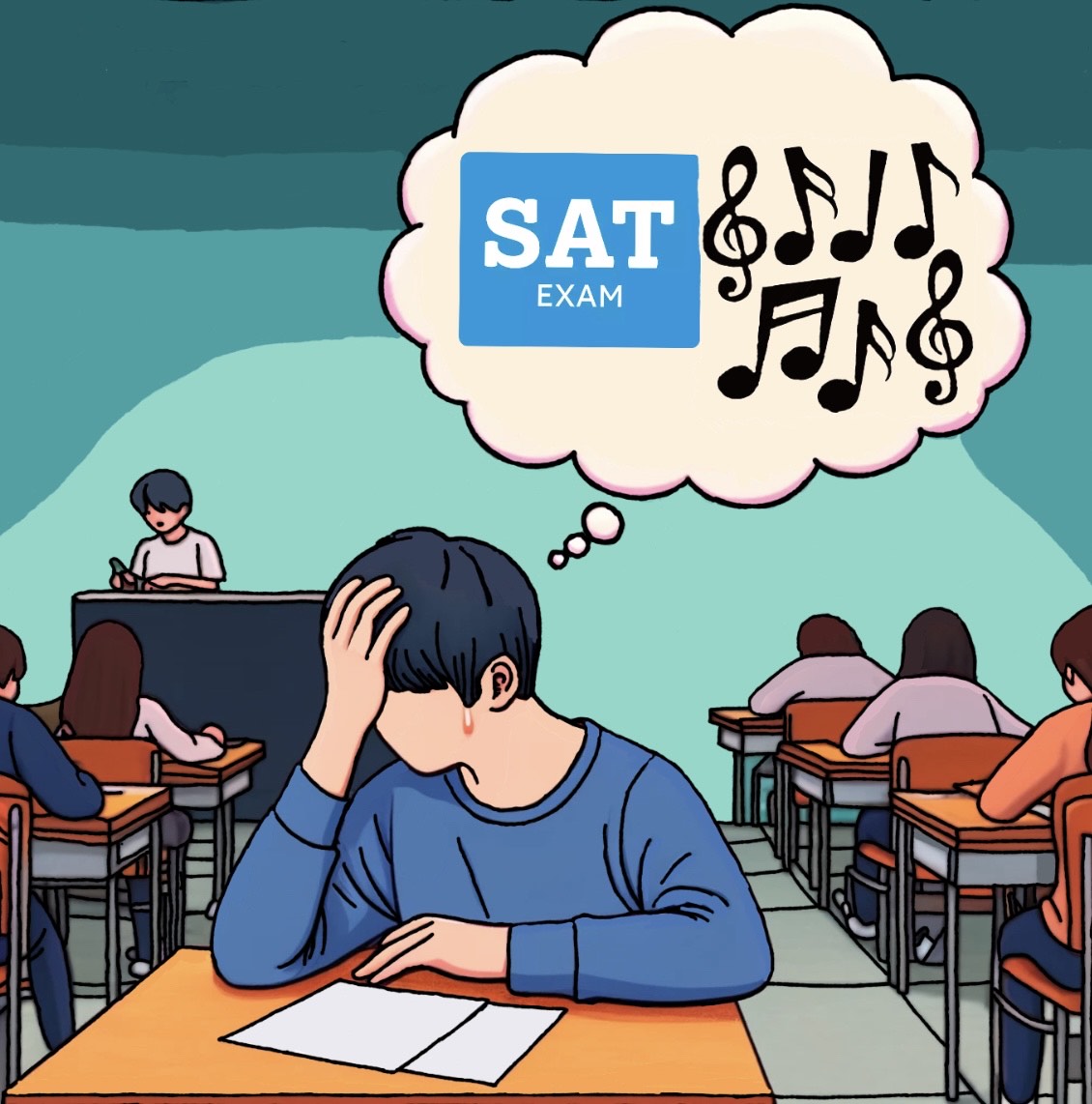
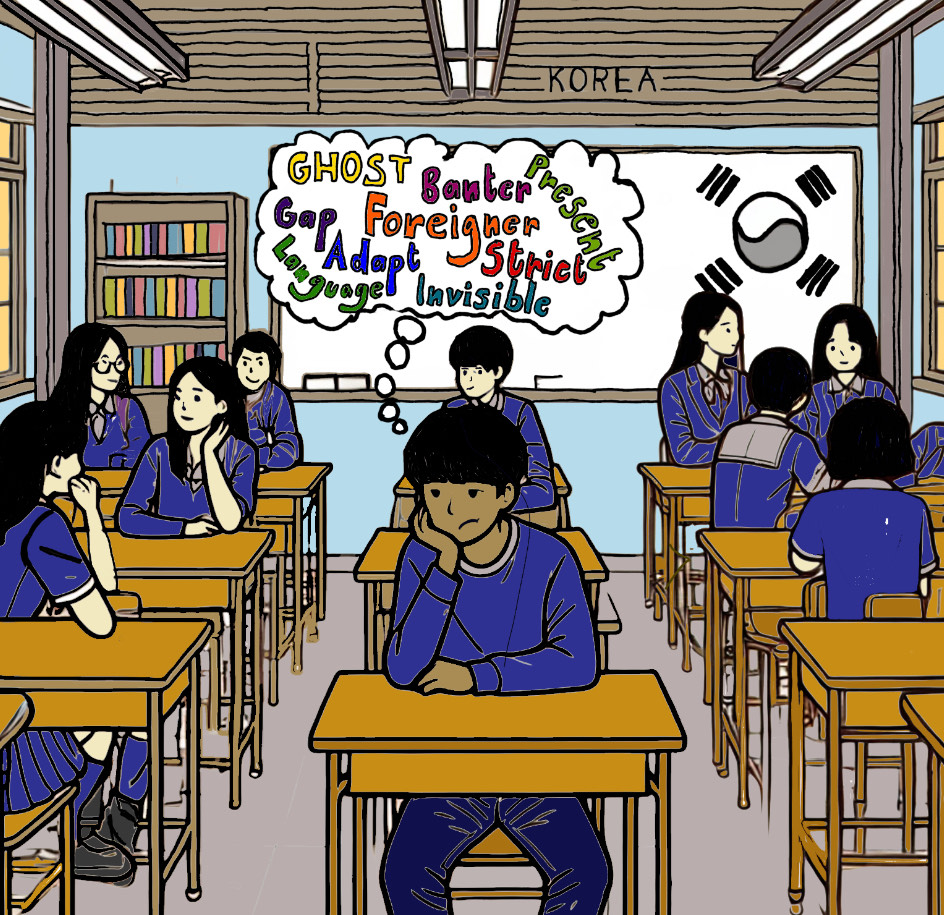


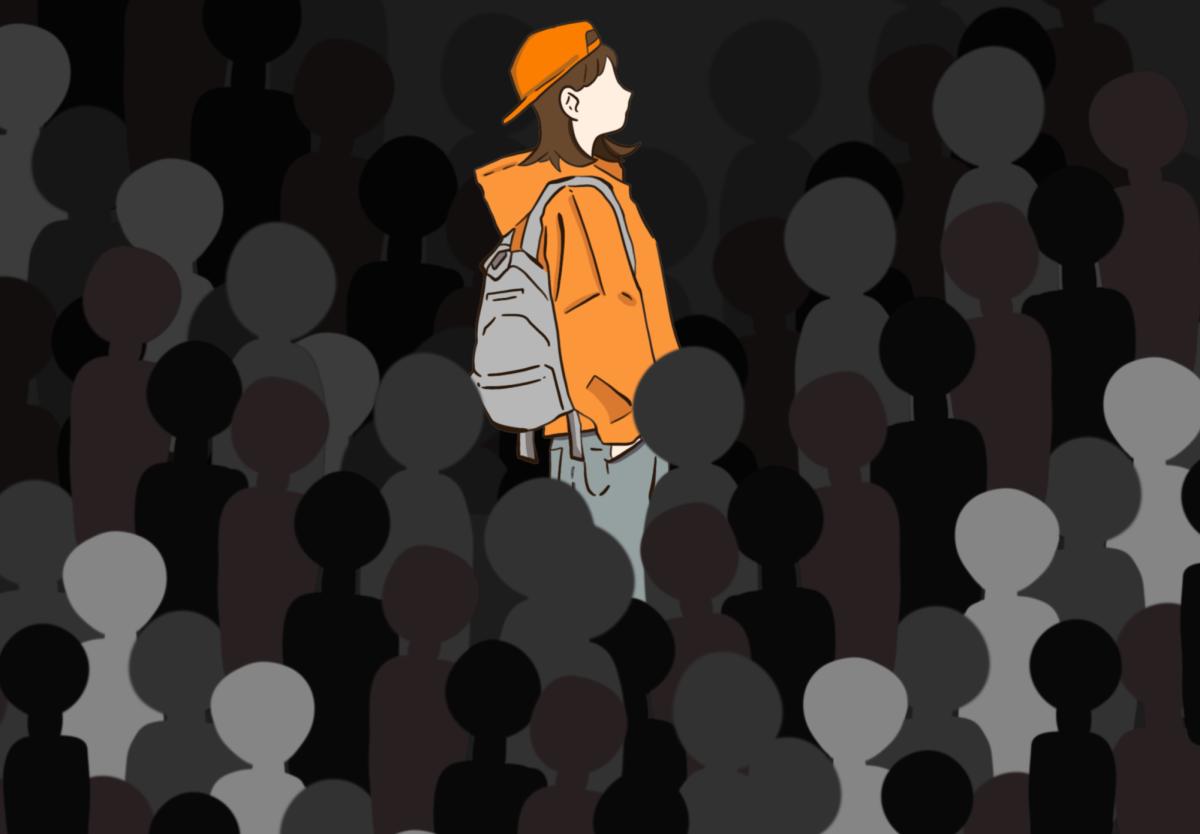

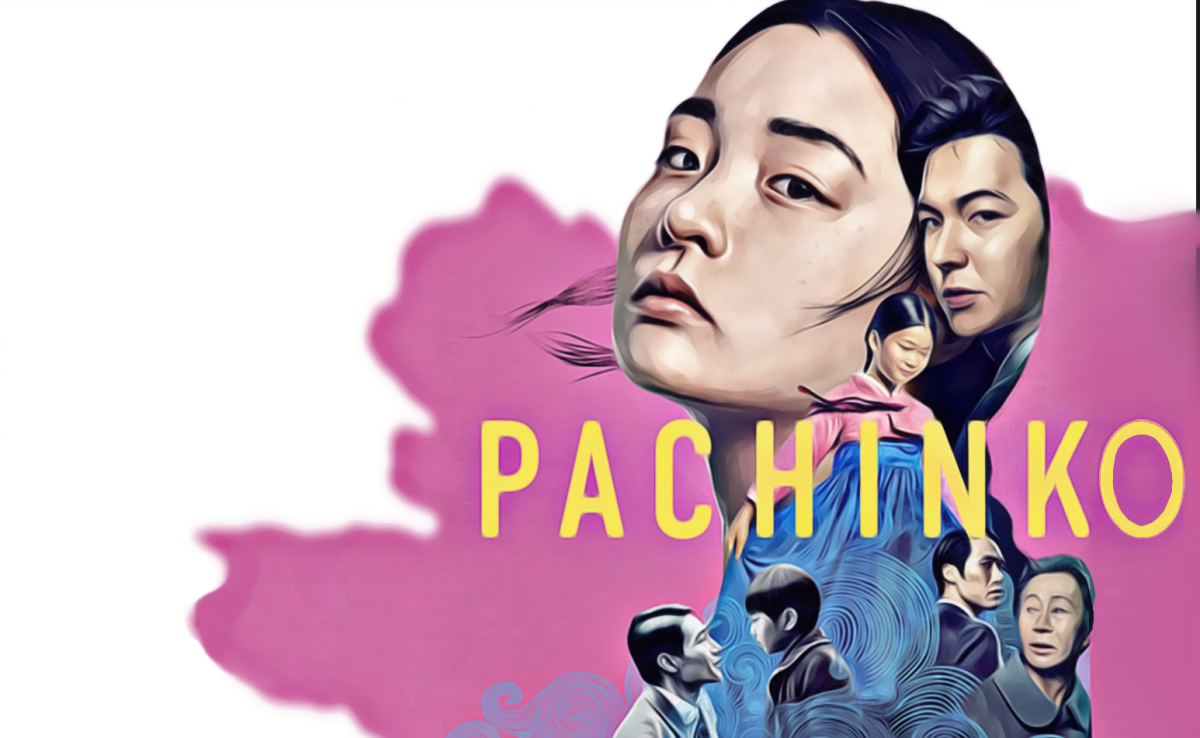





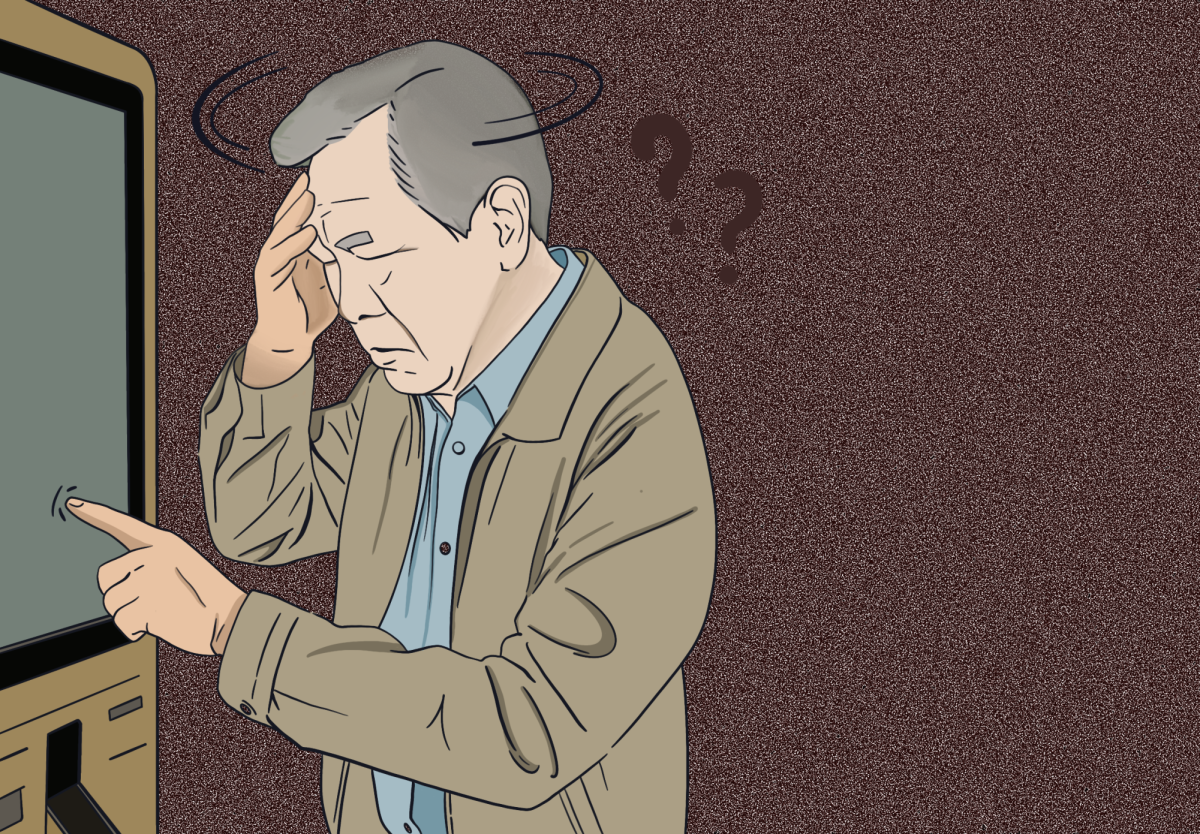

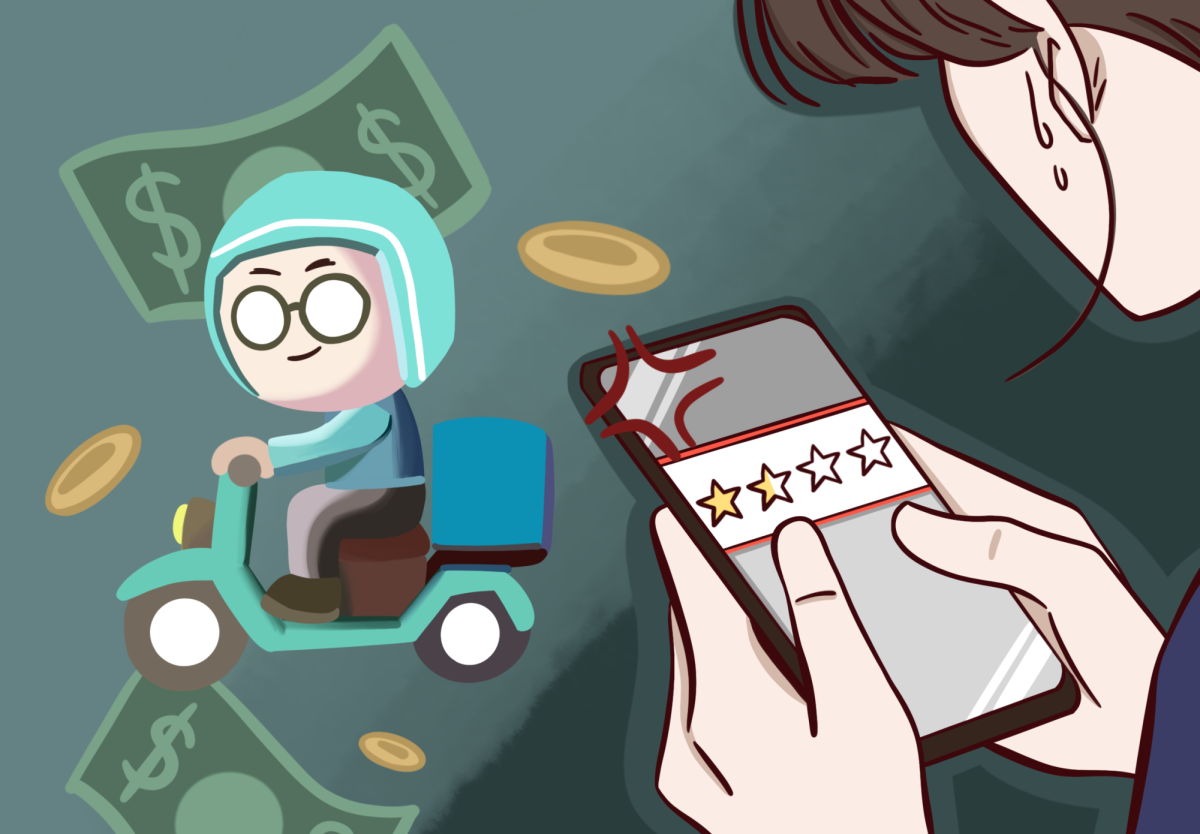



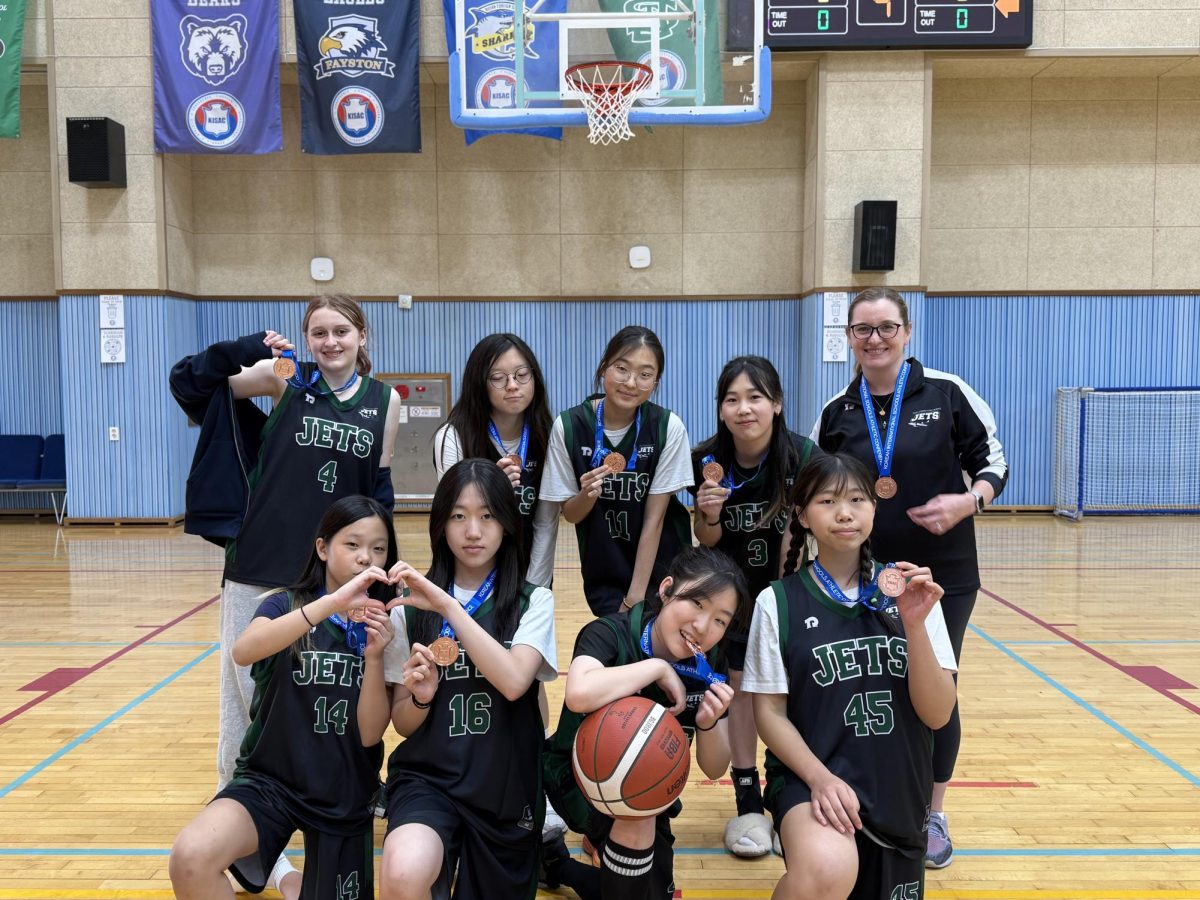
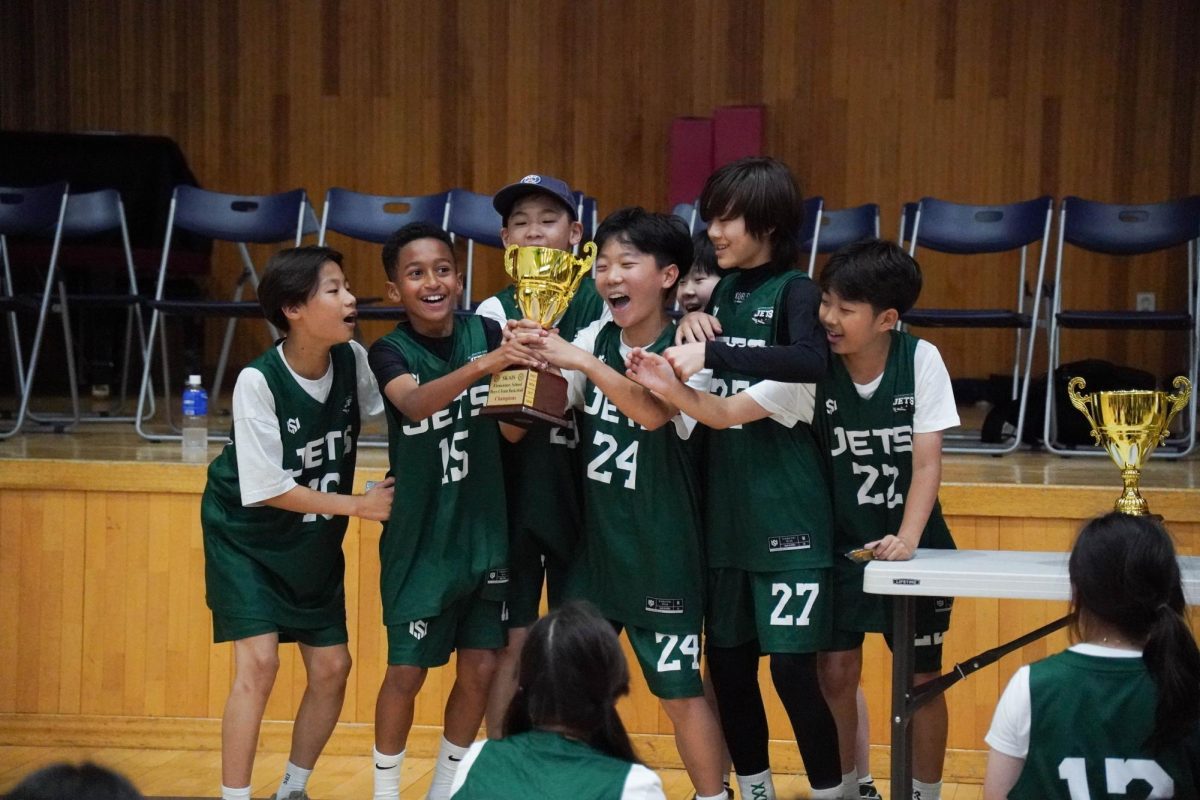




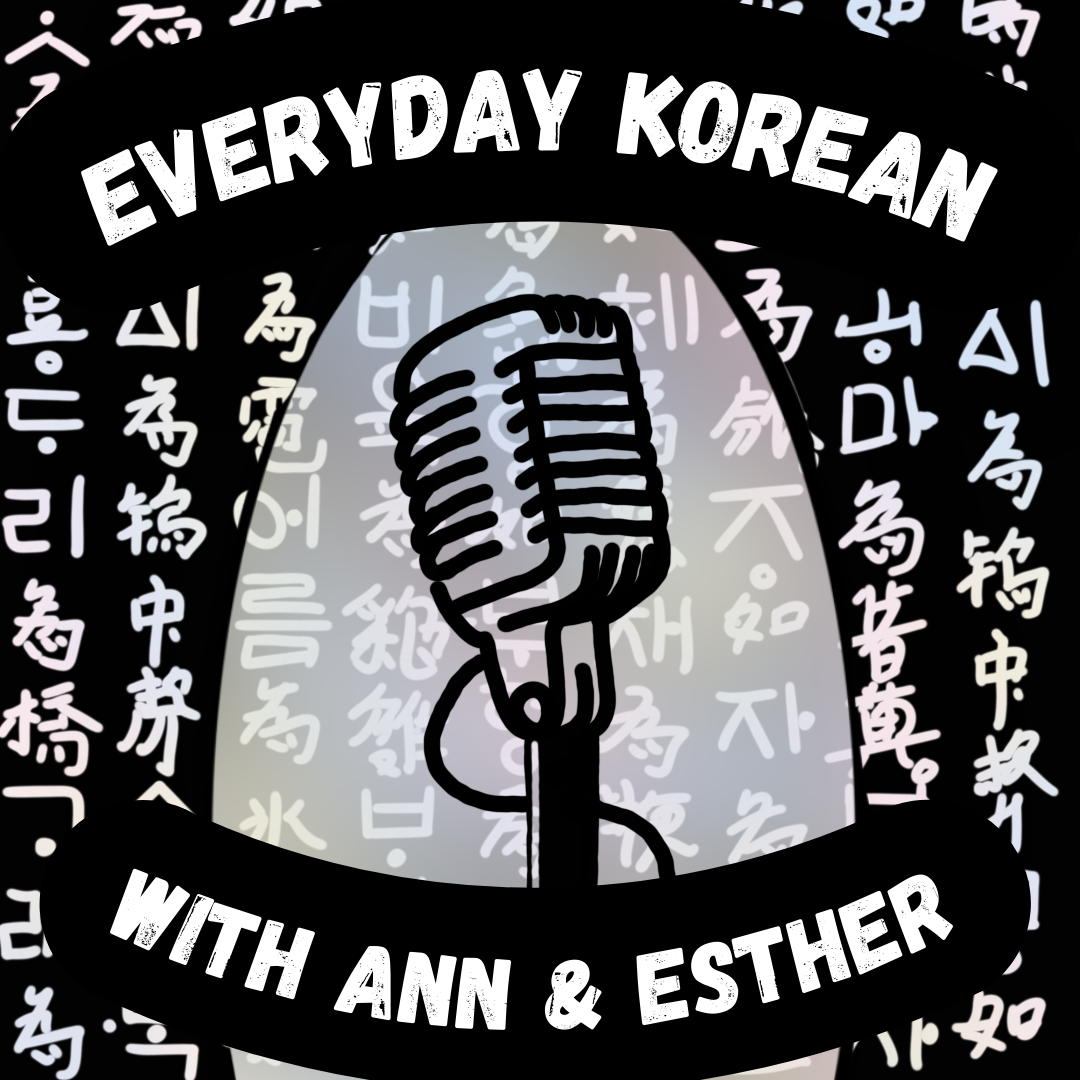

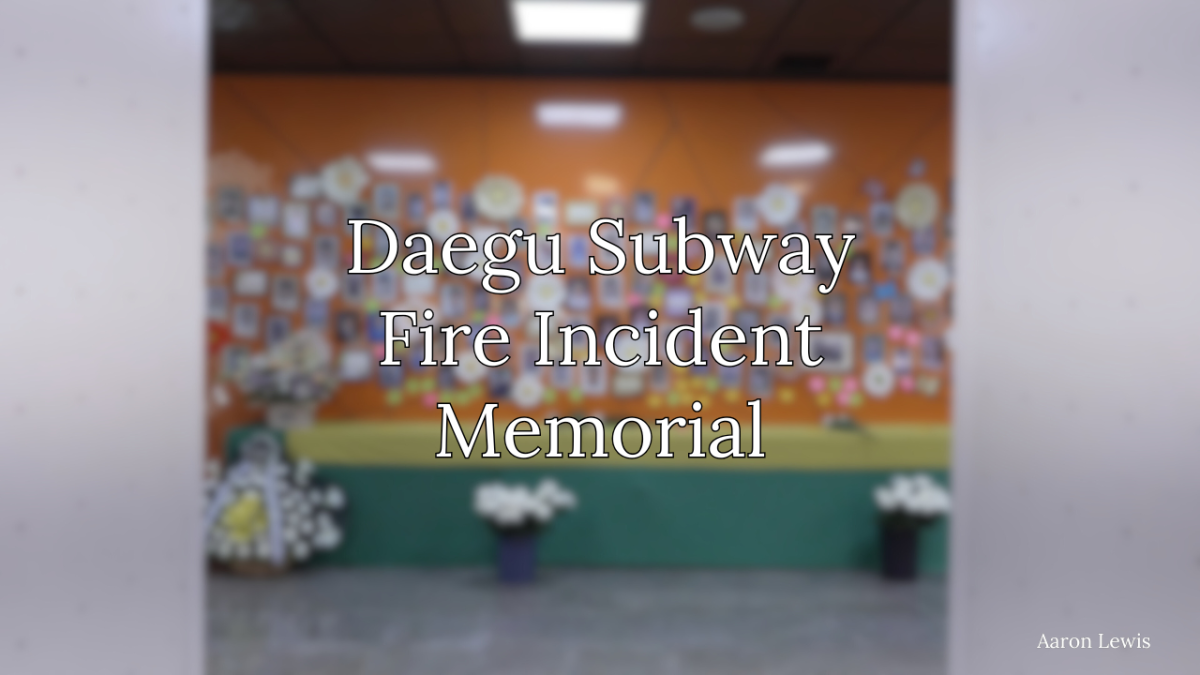

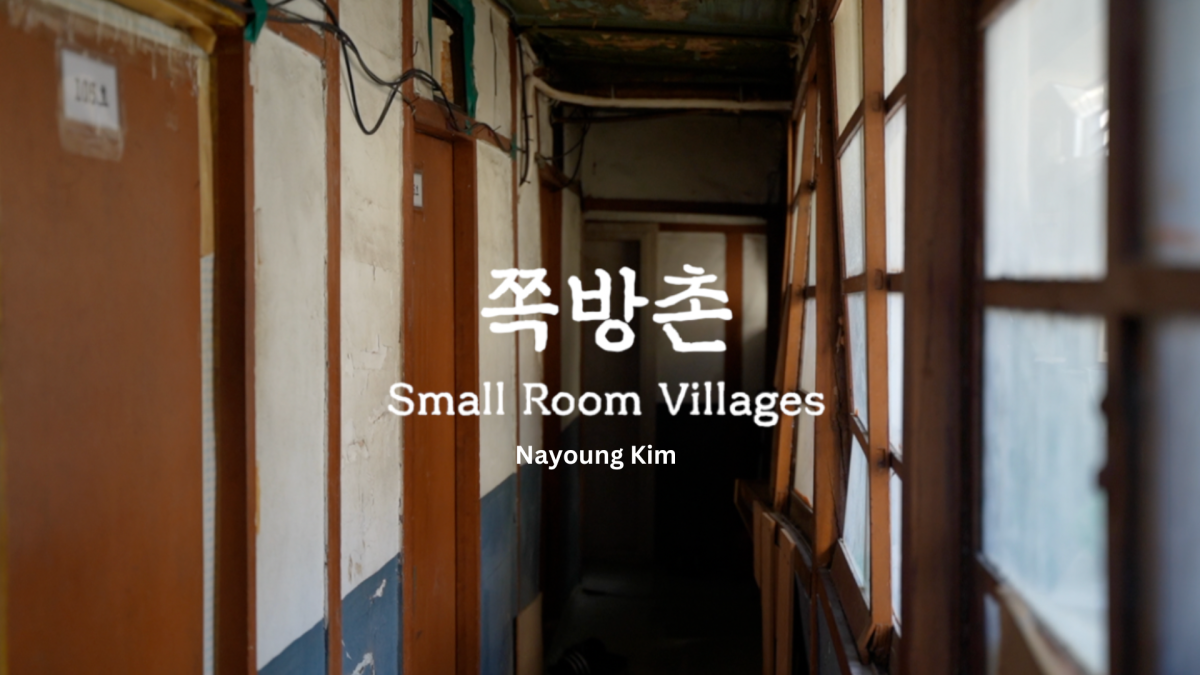
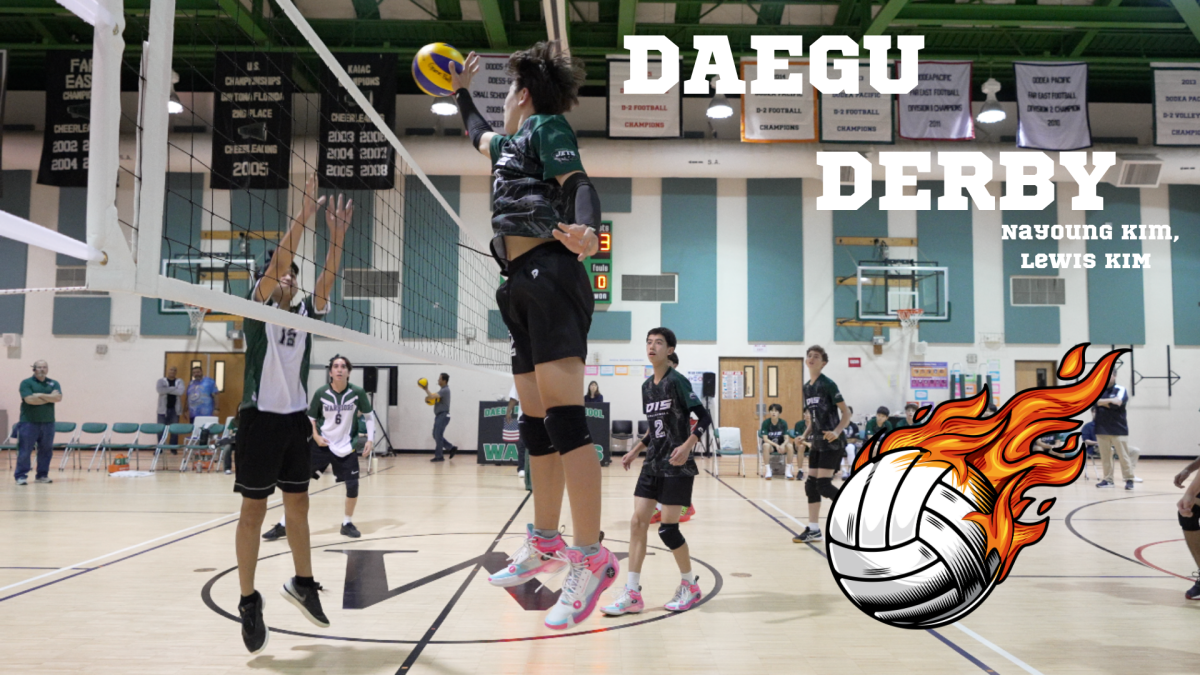
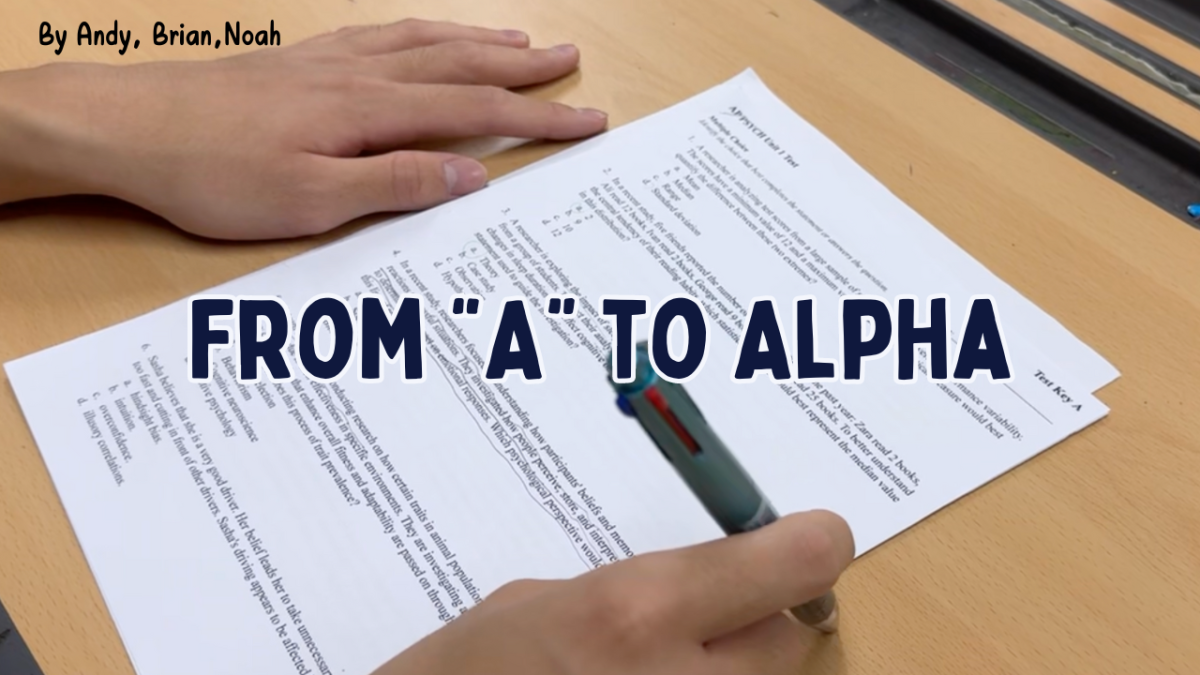
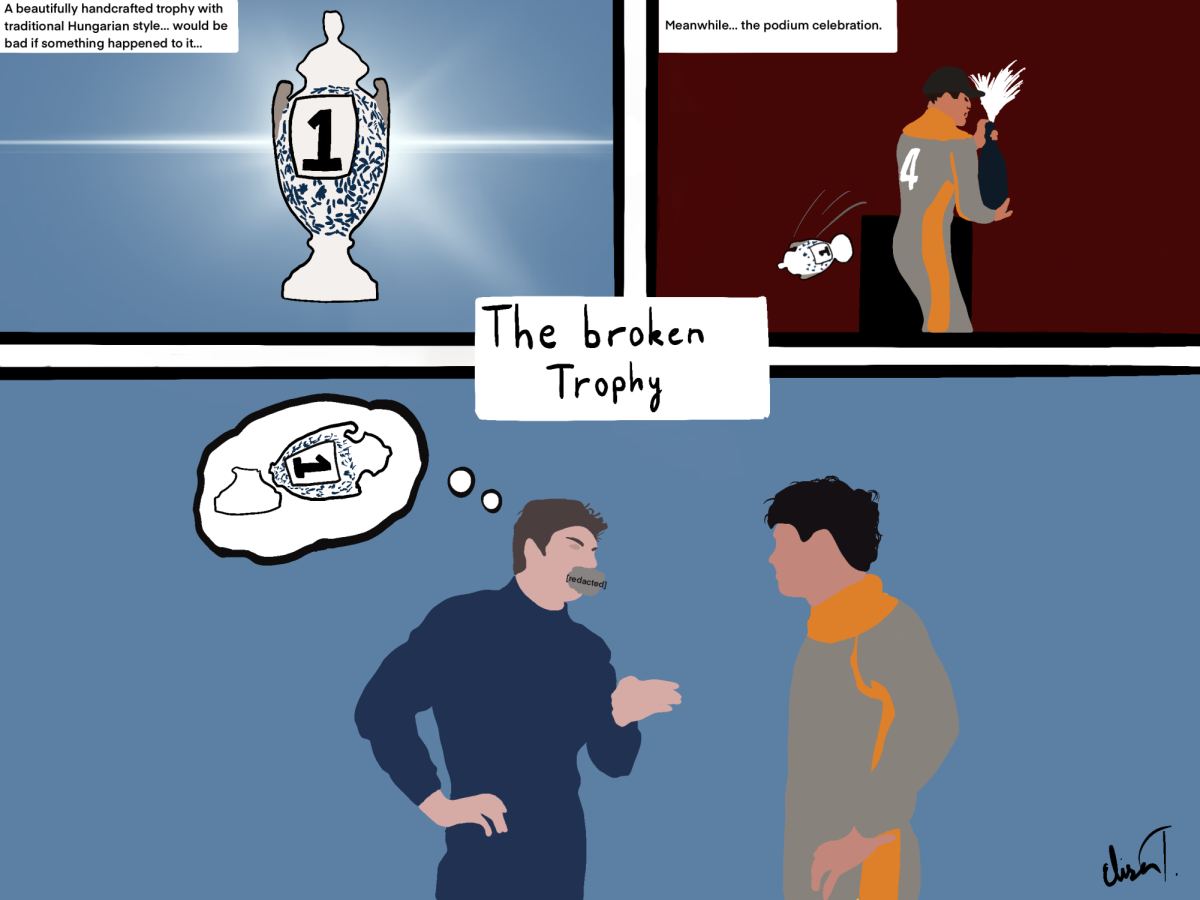
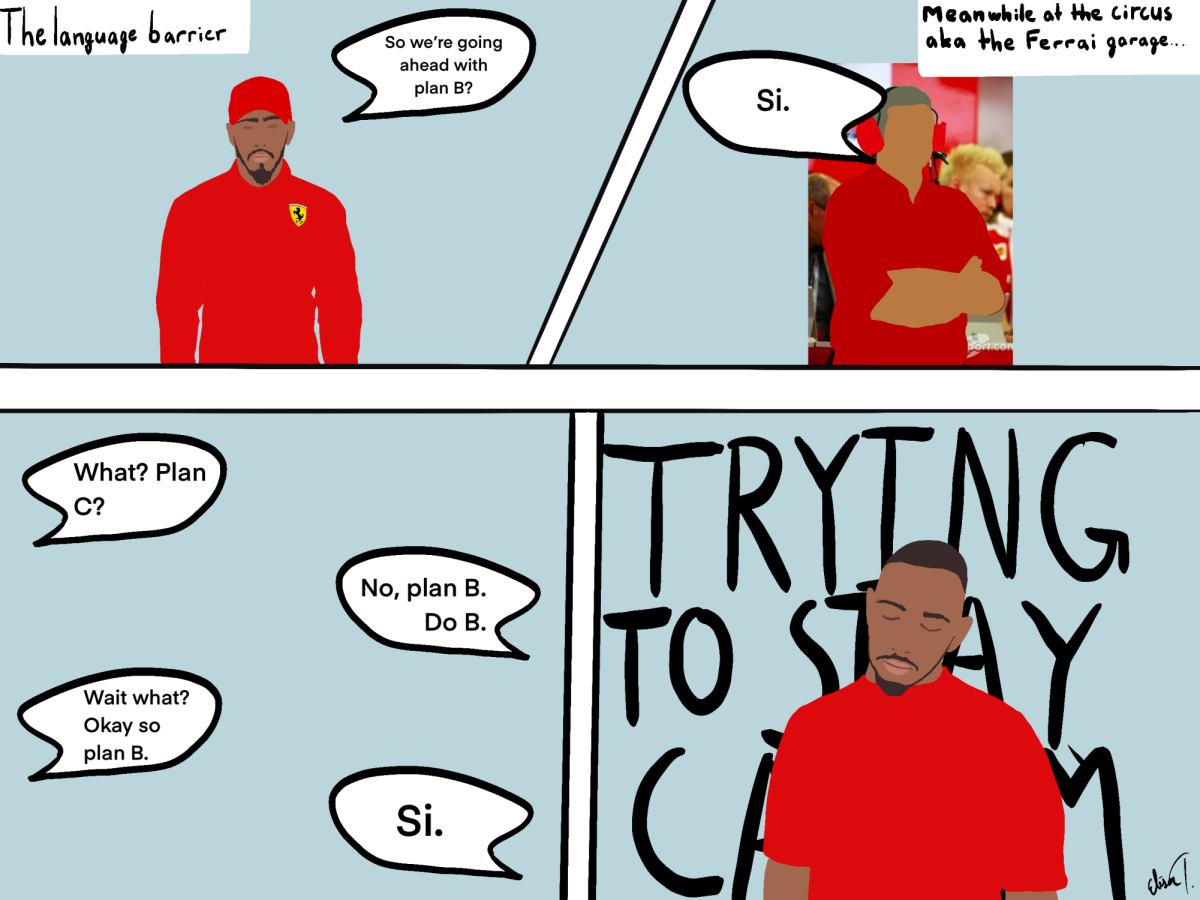
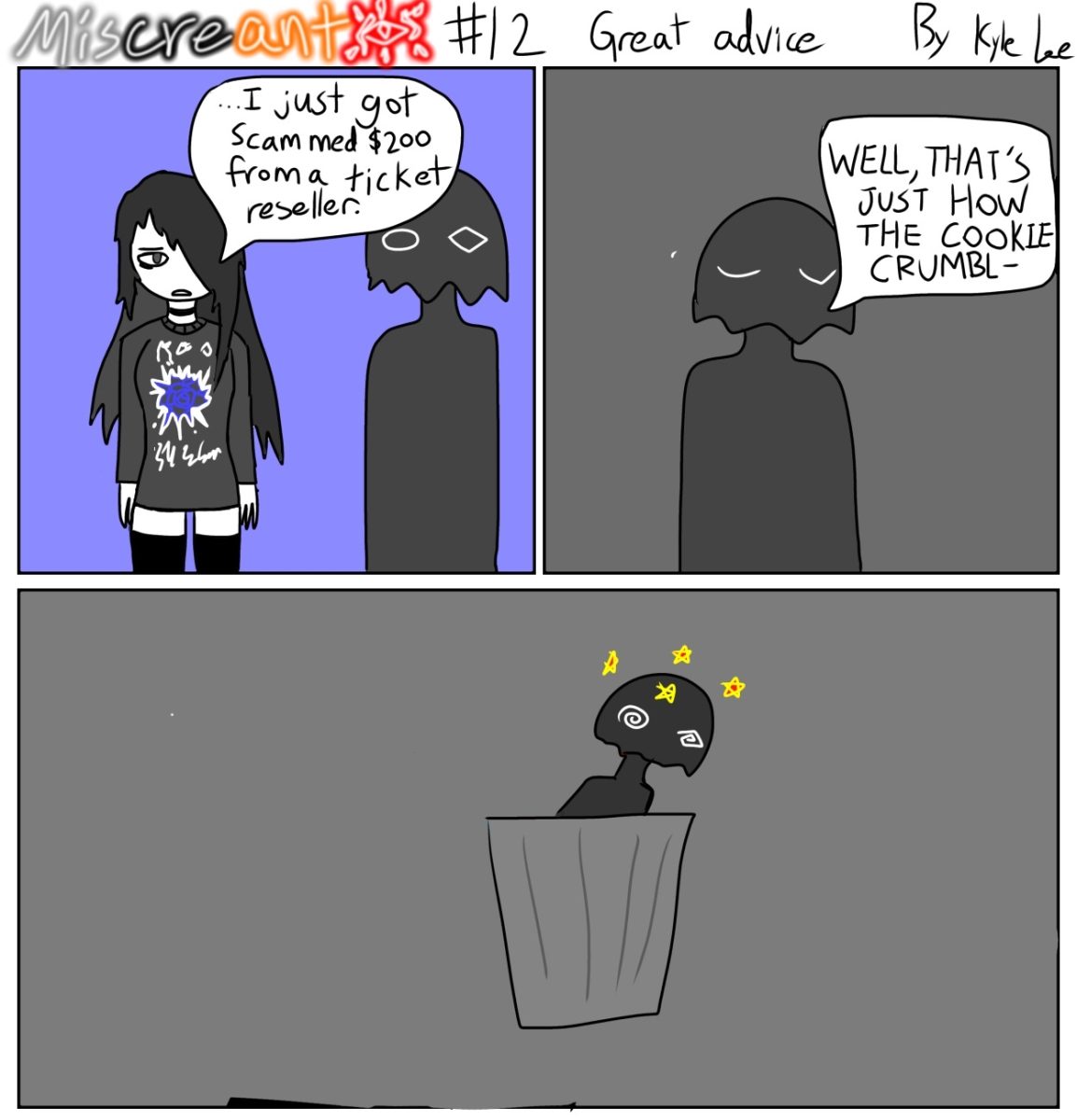
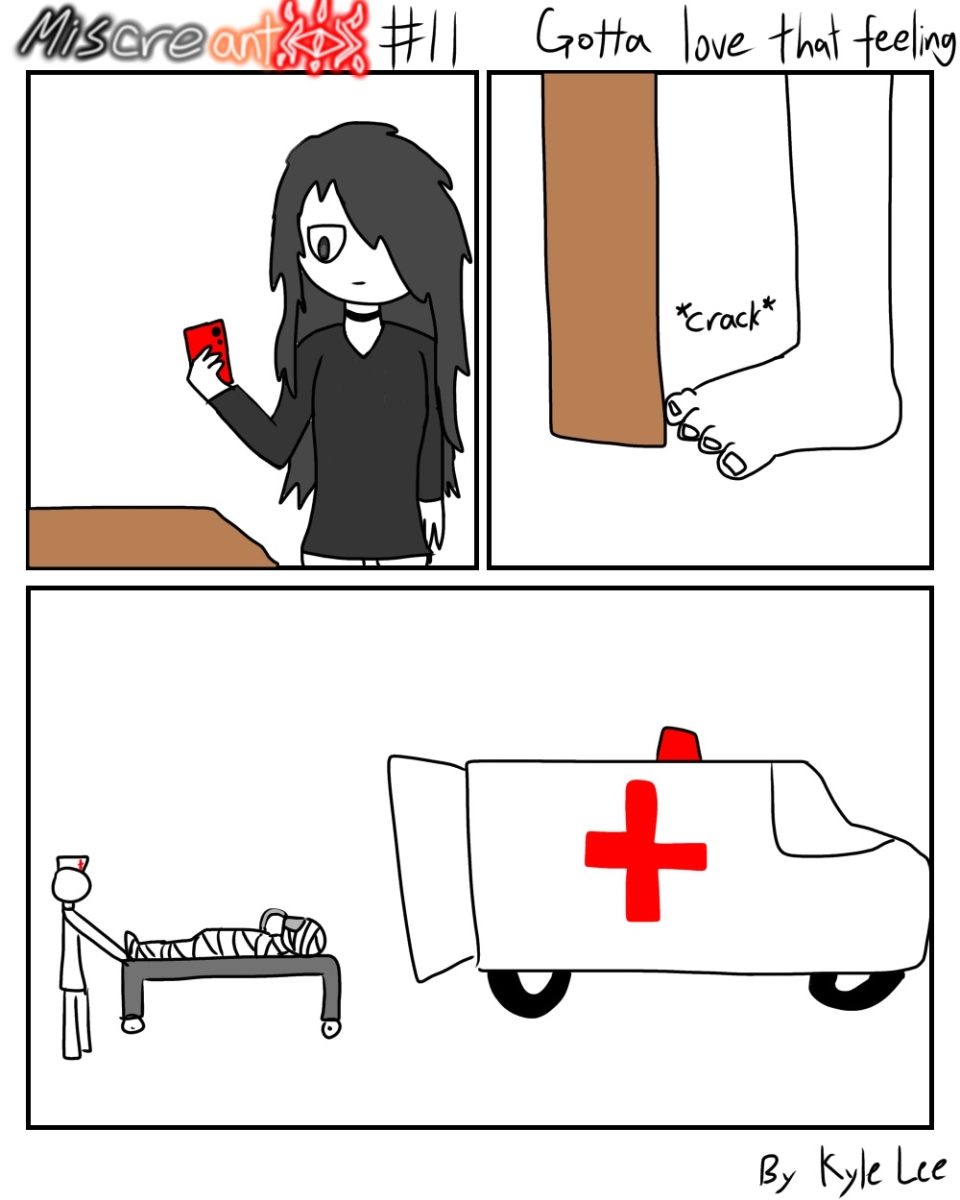
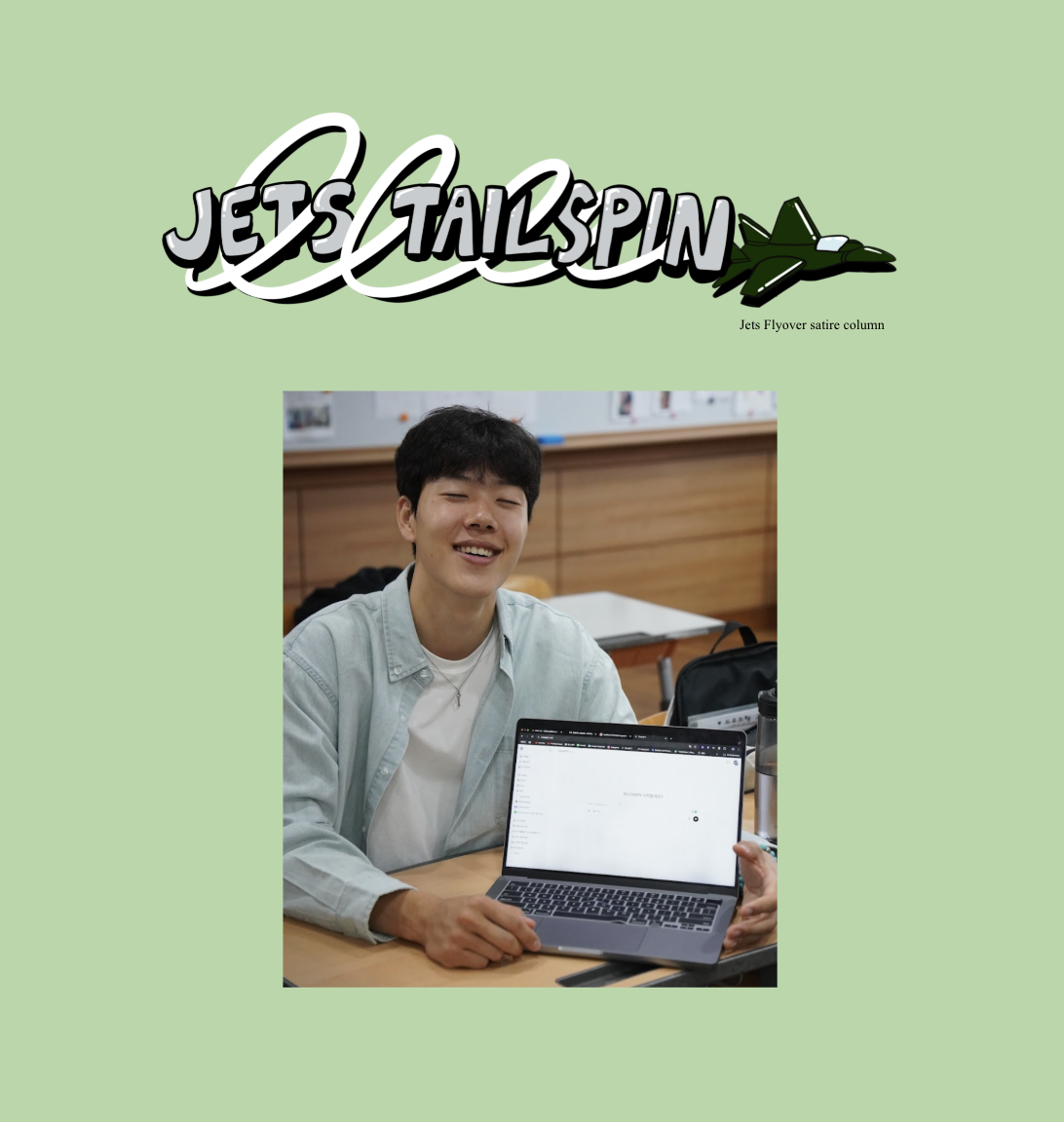
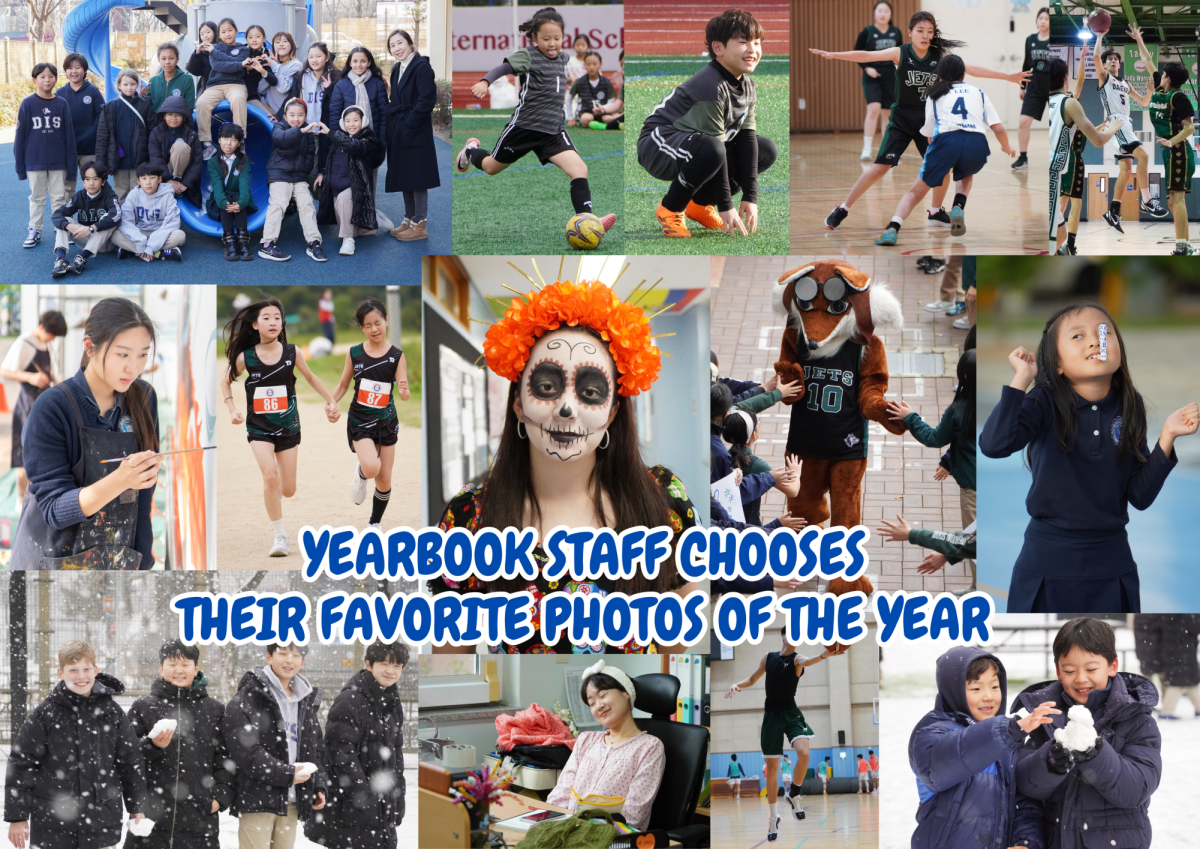
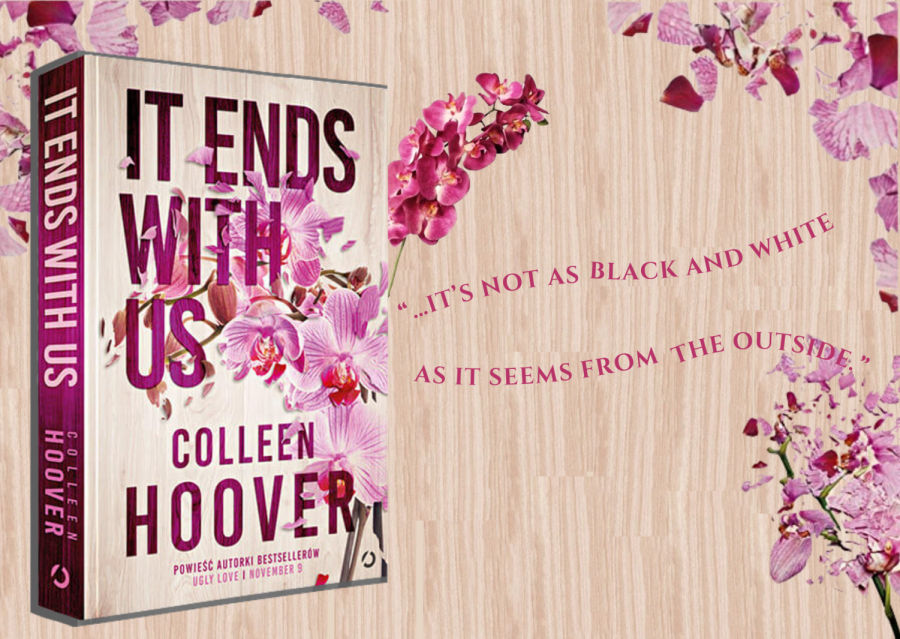
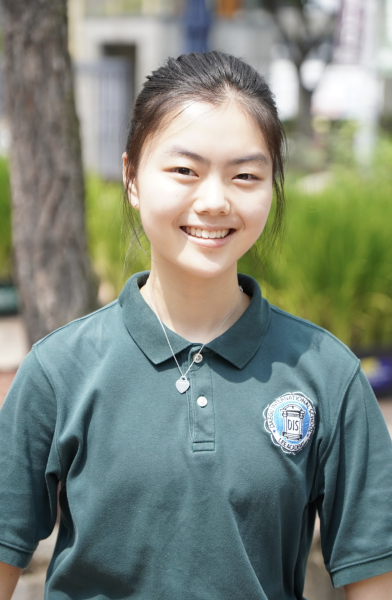
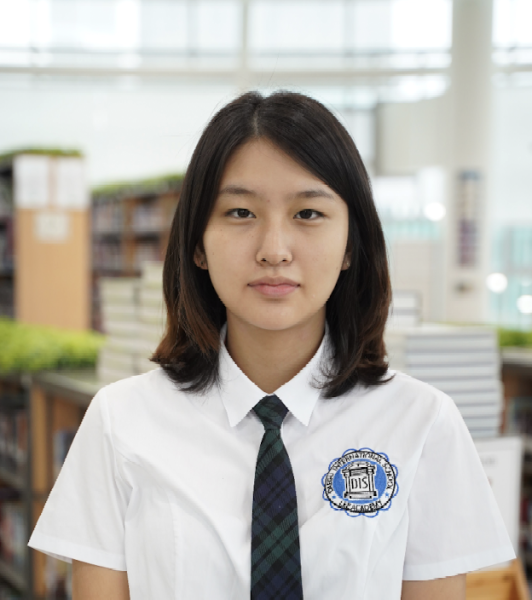
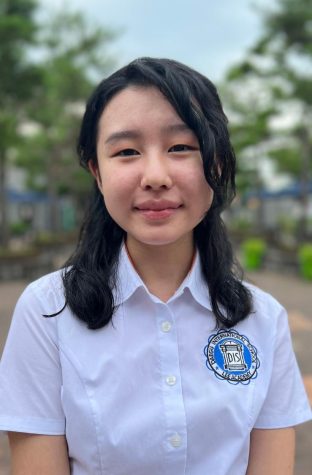
Raina • Oct 18, 2022 at 7:40 pm
Thanks for the book review! It is the best article for me cuz i was looking for a good book to start
Scott • Oct 7, 2022 at 10:23 pm
Excellent article, Apple! Thank you for your contribution to the Jets Flyover.
Ms. Morissette • Oct 7, 2022 at 3:35 am
Thank you for the feature, Apple! I gave my copy to Ms. Loutsch at the beginning of the year, so I think anyone interested can borrow it from her!
Love that you are looking for ways to get
people to check out different types of books!!
Jio kim • Oct 6, 2022 at 7:36 pm
I cried so much reading this book. I feel like CoHo’s books are all very deep and they all made me cry.
Betty • Oct 6, 2022 at 7:34 pm
I want to read the book now!!